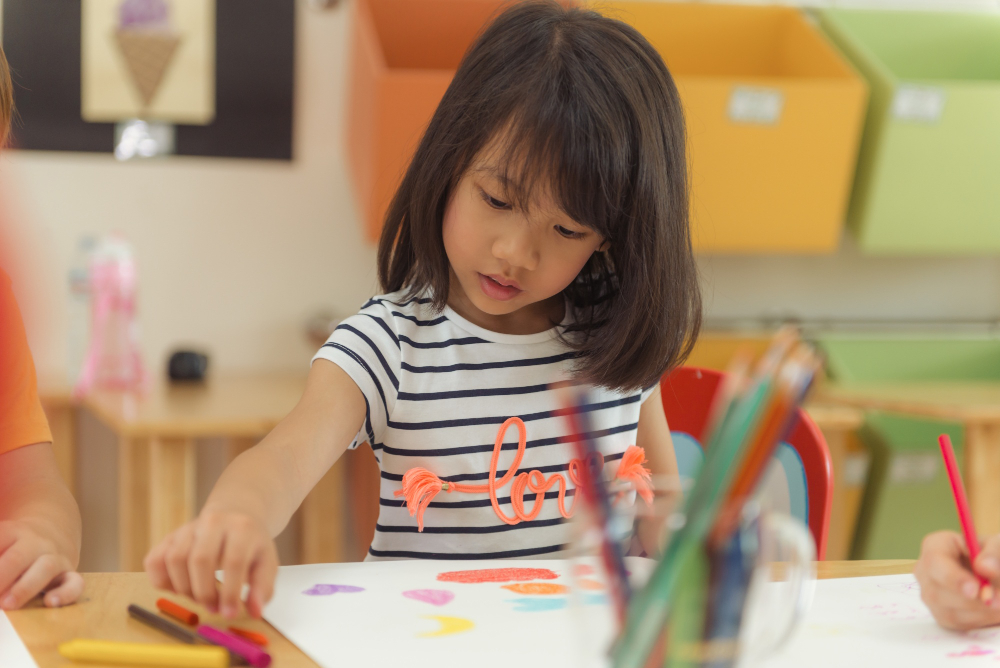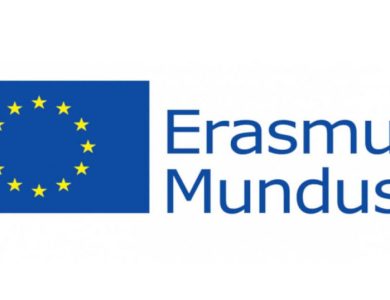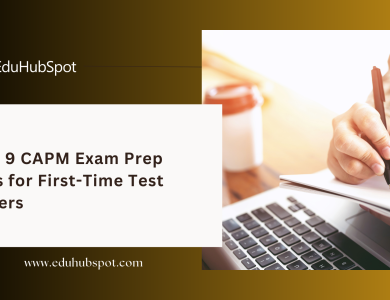Many kindergartens in Singapore will claim that they are the best preschool, daycare, or childcare facility, have five stars, or have won awards. How can you tell whether their programs are actually of excellent quality? How can you know if it will satisfy your child’s needs and be a worthwhile expenditure for your family?
While there are numerous elements that influence this question, certain qualities distinguish excellent preschools and childcare facilities from others. When touring preschools, seek institutions that exhibit the traits stated below.
1- Warm atmosphere
A friendly environment should be evident when you walk into a school at Singapore, daycare, or childcare centre. Is a friendly employee greeting you? Do you notice any other office members that appear to be happy? Both parents and youngsters should feel welcome in a high-quality preschool.
What is your overall impression of the building? While we always encourage conducting as much research as possible before choosing a childcare facility, it is equally critical to listen to your intuition. When a parent visits an educational institution, something seems wrong; that hunch is usually correct.
2- Low staff resignations at kindergartens in Singapore
Unfortunately, many preschools struggle with high teacher turnover. Widespread churn could be an indication that there are serious concerns at the school.
The importance of having a highly qualified teacher in the classroom has been constantly demonstrated by research. Increased turnover in educators is also detrimental to the essential relationship development that takes place between students and teachers.
3- Clear communication in the school at Singapore
The evidence shows that how teachers engage with their pupils significantly impacts both social and academic achievements. Relationships are important, especially in the preschool years. When on school tours, pay attention to how the instructor communicates with the pupils in the classroom.
Are they interacting with students? They should engage in back-and-forth dialogue, asking open-ended questions, introducing terminology, and assisting students in making connections to their life and prior learning. What nonverbal communication do you notice?
4- Discipline techniques
Learning self-regulation, conflict resolution tactics, and how to use language to express feelings are all important abilities preschools should help children acquire. Discipline should be used to teach rather than to punish.
We want kids to understand how to avoid events in the future and how to deal with uncomfortable emotions when they do occur. Check for proof of how teachers deal with upset children and how any conflicts are resolved. Inquire about the school’s approach to discipline.
5- Health regulations are followed
A preschool’s main focus should be your child’s health and safety. The building and classrooms should be kept clean, and furniture and equipment should be in good working order.
With COVID-19, a healthy environment should include cleaning/disinfecting and hand washing. Also, extra measures such as daily student health screening, limited building access and reduced class sizes. There should also be an emphasis on air quality, which might involve using air purifiers and high-quality filters.
6- Students have fun in Kindergarten in Singapore
Education should be active, and it should be pertinent to students’ lives. This will normally feature a significant number of classroom centres with high-quality tools that provide options and help students develop diverse abilities. The curriculum should be relevant and draw connections to students’ lives.
Be wary of programs that teach academic skills and provide no opportunities for students to play. There should be areas for construction materials, art, music, theatrical play, and outdoor play. Courses are successful when they draw on the prior knowledge and experiences of the students.
7- Diverse learning
Differentiation is another crucial part of engagement. Instruction and curriculum should be developed to satisfy a classroom’s different learning demands.
When the educational program is either not developmentally suitable for the students or needs to give more challenges, students are less likely to be engaged. High-quality schools use small-group and individual instruction to accommodate students with special needs.
8- Real life skills
Classroom resources ought to push students to think differently and solve problems. Materials such as sensory bins, blocks, boxes, natural materials and recycled goods can be used in various ways.
Examining the art on the walls is a wonderful method to assess if a school supports open-ended thinking. Is each work the same, or can kids express themselves and be creative? Allowing children to express themselves allows them to make decisions and experiment.
9- Collaboration with parents
A good program views families as partners and communicates with them frequently. Parents should feel like they are active participants in their child’s education. During your visit, inquire about the kindergarten in Singapore techniques for interacting with families.
How is a child’s progress communicated, and how are concerns expressed? High-quality programs also offer educational opportunities to parents, including webinar, workshops, and resource libraries. There should also be chances for parents to volunteer and engage in school activities.
To conclude
A school in Singapore is an excellent location for children to learn about the world around them as well as people from various backgrounds and experiences.
Read also: 10 Tips for Parents of High School Students Applying to Indian Schools in Abu Dhabi
They are also developing their self-concept and should have the impression that their family’s culture is cherished and celebrated. If the kindergarten you are looking at has the above qualities, it is perfect for your little one.




